On Tuesday, the first day of Spring, the bees were out and about, even in the Empty Garden. I have three things in bloom now, a pretty magnolia just starting, a wild plum of some sort and the biggest hit with the bees, the vicious purging buckthorn Rhamnus cathartica, which has won itself a reprieve of at least one more season by being such a brilliant early bee attractor.
Its thorny, whippy branches are smothered with sweet smelling white blossom. Tiny simple flowers came long before the leaves which are now just beginning to emerge and the bees love it. It hums with honey bees and the occasional huge bumble bee.
I have seen 2 very dark B terrestris, a white tailed of some sort, B pratorum and what looked like a B lapidarius. Then there are the little bees whose identity I am much less certain about.
Most are flying too high for me to get a decent photograph but below are just a few. Standing for a while and watching them all makes me realise how quiet some of the solitary bees are. You have to look hard for them.
One of the many honey bees..
..and a hover fly.
Some bees come to rest nearer the ground. This gorgeous gingery bee with gingery hairs on its hind legs I think might be Andrena clarkella (*** please note Alan’s comment below so I am revising this to A bicolor… Will I ever get to grips with these mining bees!! )
This one, who I am not sure about, was sunning itself on a magnolia flower. (**for ID see Alan’s comment below..possibly A flavipes)
It’s so lovely to see the magnolia in bloom. Evolving before bees, magnolias don’t rely on flying pollinators but the big smooth petals provide a handy sunbathing spot. I have seen several insects taking a break there.
Our tree is very small, nothing like the magnificent grandifloras of Florida, but it is a poignant reminder of Leu Gardens and all my friends there, both legged and leafy.

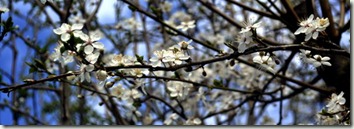
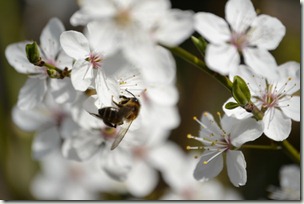
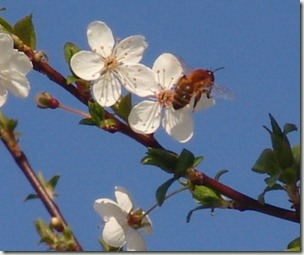
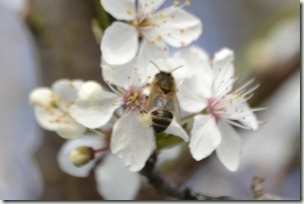
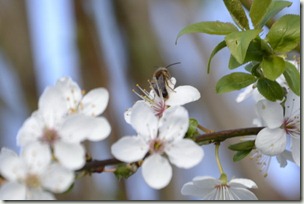
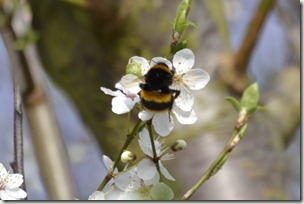

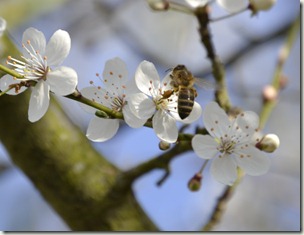
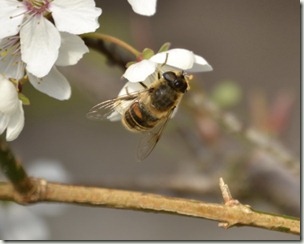







Thank you so much for the lovely photos and explanations of the bees
The second from last pic you think may be A. clarkella could be A. bicolor if it's particularly small. A. clarkella can approach honeybee size whereas A. bicolor are half that. A. clarkella usually only forages on Salix (willow spp.)
The bee in the last pic has particularly strong banding so could be a male A. flavipes.
Thanks to you both.
Mary they are a delight to watch and I am learning more every day, but its a slow process and as you can see by Alans comment I am a long way from any real knowledge.
Alan thanks so much …. I am going to add a note to the post! (Alan is my bee mentor)
nice !!